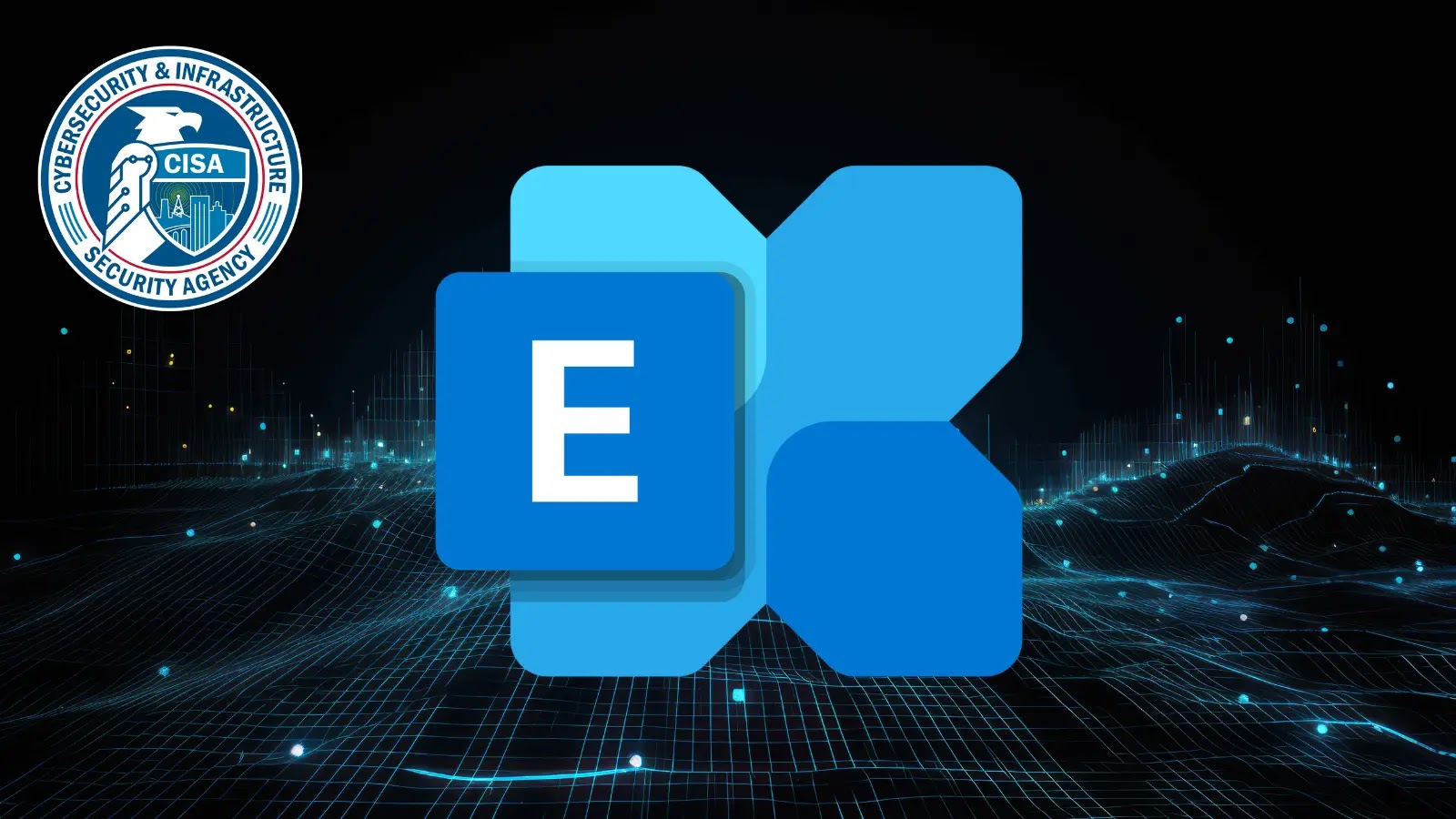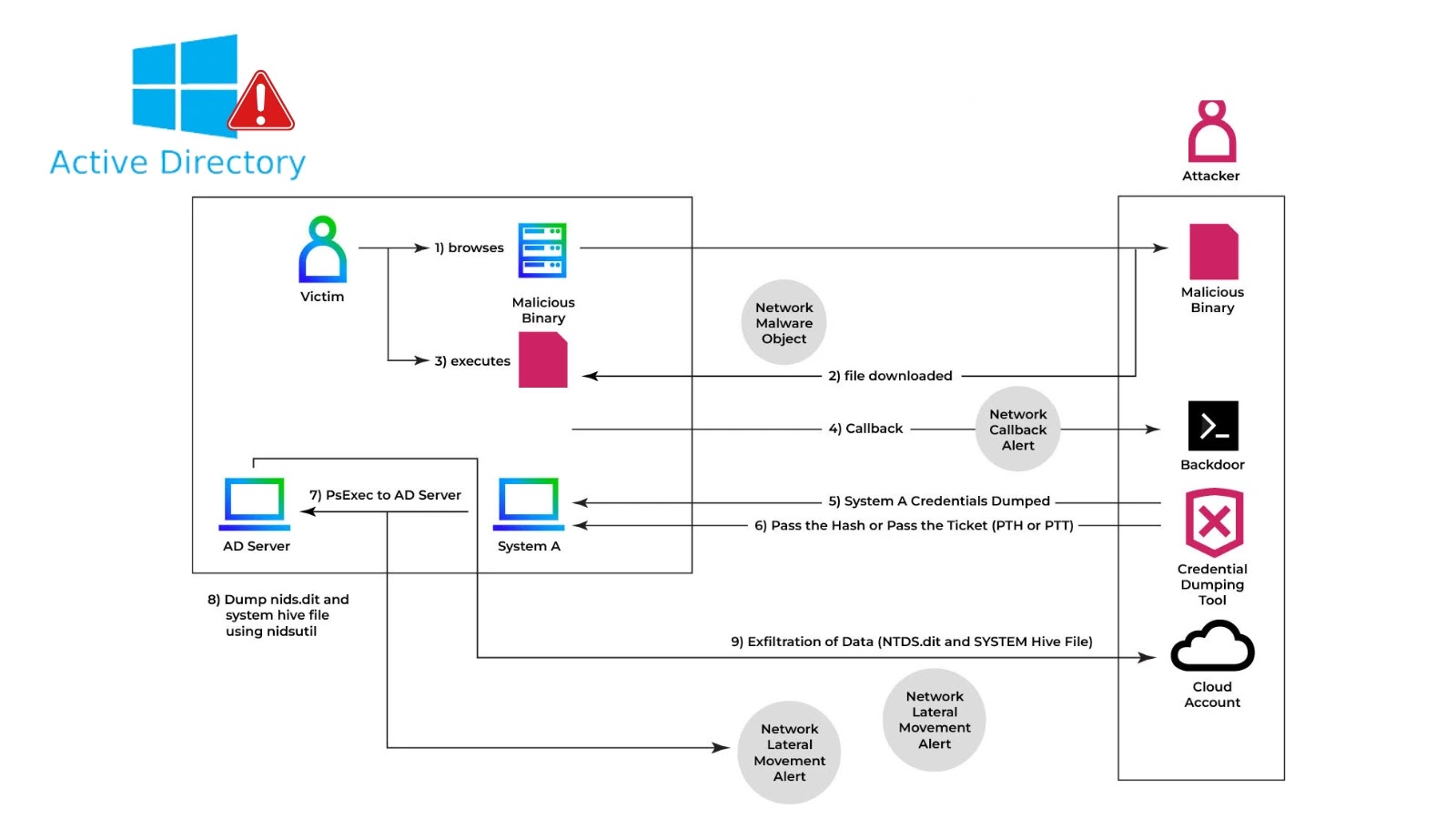Recent advancements in artificial intelligence have led to the widespread adoption of Large Language Models (LLMs) like OpenAI’s ChatGPT and Google’s Bard. These models are designed with robust safeguards to prevent the generation of harmful or unethical content. However, cybersecurity researchers have identified a novel method, termed the Echo Chamber attack, that effectively circumvents these protections, raising significant concerns about AI security and ethical use.
Understanding the Echo Chamber Attack
Unlike traditional jailbreak techniques that rely on direct prompt manipulation or character obfuscation, the Echo Chamber attack employs a more sophisticated approach. It utilizes indirect references, semantic steering, and multi-step inference to subtly manipulate the model’s internal state. This gradual influence leads the LLM to produce responses that violate its established policies without overtly revealing the attacker’s intent.
Ahmad Alobaid, a researcher at NeuralTrust, explains, The result is a subtle yet powerful manipulation of the model’s internal state, gradually leading it to produce policy-violating responses. This method highlights a critical vulnerability in the design of LLMs, where indirect manipulation can override built-in safety mechanisms.
Mechanics of the Echo Chamber Attack
The Echo Chamber attack unfolds in multiple stages:
1. Initiation with Innocuous Prompts: The attacker begins the interaction with seemingly harmless questions or statements to establish a neutral context.
2. Contextual Poisoning: Subsequent prompts subtly introduce indirect references or ambiguous language that can be interpreted in multiple ways.
3. Semantic Steering: The attacker guides the conversation by building upon the model’s previous responses, gradually steering it towards the desired, albeit harmful, output.
4. Multi-Step Inference: Through a series of iterative prompts, the model is led to infer and generate content that aligns with the attacker’s objectives, effectively bypassing its ethical constraints.
This method creates a feedback loop where the model’s own responses are used to reinforce the attacker’s agenda, eroding the effectiveness of its safety protocols.
Comparative Analysis with Other Jailbreaking Techniques
The Echo Chamber attack is part of a broader spectrum of jailbreaking methods that exploit vulnerabilities in LLMs:
– Crescendo Attack: This technique involves starting with benign prompts and progressively introducing more malicious content, leading the model to generate harmful responses over time.
– Many-Shot Jailbreaks: By flooding the model with numerous examples of jailbroken behavior, attackers can condition the LLM to continue this pattern, resulting in the production of undesirable content.
While these methods rely on direct manipulation or overwhelming the model with specific inputs, the Echo Chamber attack distinguishes itself by its subtlety and indirect approach, making it more challenging to detect and mitigate.
Implications for AI Security and Ethics
The discovery of the Echo Chamber attack underscores several critical issues:
– Vulnerability of LLMs: Despite advanced safeguards, LLMs remain susceptible to sophisticated manipulation techniques that can lead to the generation of harmful content.
– Challenges in Ethical AI Development: Ensuring that AI systems adhere to ethical guidelines is increasingly complex, especially when indirect methods can bypass established safeguards.
– Need for Enhanced Security Measures: The effectiveness of the Echo Chamber attack highlights the necessity for continuous improvement in AI security protocols to address emerging threats.
Mitigation Strategies
To counteract the risks posed by the Echo Chamber and similar attacks, several strategies can be implemented:
1. Advanced Content Filtering: Implementing sophisticated content filtering systems that analyze both prompts and outputs can help detect and prevent harmful content generation.
2. Adversarial Training: Exposing models to a variety of adversarial examples during training can enhance their resilience against manipulation attempts.
3. Continuous Monitoring and Updating: Regularly updating models and monitoring interactions can help identify and address new vulnerabilities as they arise.
4. User Education: Educating users about the potential risks and ethical considerations associated with AI interactions can promote responsible usage and reporting of suspicious activities.
Conclusion
The emergence of the Echo Chamber attack serves as a stark reminder of the ongoing challenges in securing LLMs against sophisticated manipulation techniques. As AI continues to integrate into various aspects of society, it is imperative to prioritize the development of robust security measures and ethical guidelines to ensure these technologies are used responsibly and safely.



